In the field of medical device and consumable manufacturing, injection molding technology is widely applied due to its characteristics of high precision and high efficiency. However, the flash problem, as a common defect in injection molding production, not only affects the appearance quality of products but may also compromise sterile environments due to residual plastic fragments, directly threatening medical safety. This article systematically analyzes the root causes of flash generation in medical injection molding from four dimensions: equipment, mold, process, and material, and proposes solutions in combination with industry standards.
I. Equipment Factors: The Dual Challenges of Clamping Force and Mechanical Precision
-
Insufficient Clamping Force
Medical injection-molded products often use high-strength engineering plastics (such as PEEK, PC/ABS alloys). The expansive force of the melt on the mold under high-pressure injection can reach 2-3 times that of conventional plastics. If the rated clamping force of the injection molding machine is lower than the product of the projected area of the product and the cavity pressure, the parting surface of the mold will experience elastic deformation with gaps of 0.02-0.05 mm, causing the melt to seep out and form flash. For example, in the injection molding of a housing for a cardiac stent delivery system, using a 450-ton machine instead of the designed 600-ton machine resulted in continuous flash on the product edges, with a scrap rate of 37%.
-
Mechanical System Misalignment
When the parallelism error of the clamping mechanism exceeds 0.05 mm/m, uneven force on the four corners of the mold will cause local gaps. In a case of producing end caps for hemodialyzers, a pre-tightening force difference in the tie bars led to a mold tilt of 0.08°, resulting in a flash thickness of 0.12 mm on one side of the parting surface. After calibration with a laser interferometer, the defect rate dropped to 0.3%. In addition, wear in the toggle-type clamping mechanism can increase the mold opening stroke by 0.5%-1%, indirectly reducing clamping rigidity.
II. Mold Factors: Critical Control in Precision Manufacturing
-
Parting Surface Design Defects
Medical molds require a parting surface roughness of Ra ≤ 0.4 μm and a flatness error of ≤ 0.005 mm. In the injection molding of a handle for a minimally invasive surgical instrument, due to the use of wire cutting for mold core processing without polishing, a 0.01 mm step existed on the parting surface, causing a 0.08 mm burr on the product edges. By adopting ultra-precision grinding (UPG) technology to improve the surface roughness to Ra 0.1 μm, the flash problem was completely eliminated.
-
Venting System Imbalance
The melt viscosity of medical-grade plastics (such as LCP) is sensitive to temperature, and the depth of venting slots should be controlled within the range of 0.005-0.015 mm. In the production of a component for an insulin injection pen, due to a venting slot depth of 0.03 mm, the melt overflowed during the venting stage, forming flash. After using electrical discharge machining (EDM) to control the venting slot depth, the product qualification rate increased from 72% to 98%.
-
Insufficient Mold Rigidity
For deep-cavity thin-walled medical products (such as disposable endoscope sheaths), the mold needs to be made of H13 steel and undergo cryogenic treatment (−185°C × 8 h) to eliminate residual stress. In a certain case, due to insufficient mold plate thickness, an elastic deformation of 0.03 mm occurred during injection. By increasing the mold plate thickness and optimizing the rib layout, the mold rigidity was improved by 40%, and the flash problem was fundamentally solved.
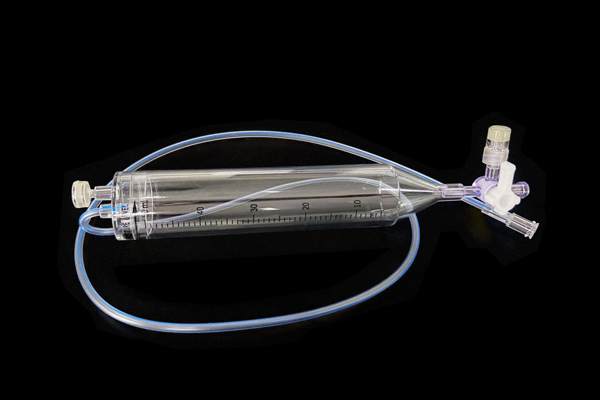
III. Process Factors: Precise Regulation of Parameter Coupling
-
Uncontrolled Injection Parameters
Medical injection molding requires the injection speed gradient to be controlled within the range of 50-300 mm/s and the packing pressure fluctuation to be ≤ 5%. In the injection molding of a femoral stem for an artificial joint prosthesis, due to a sudden increase in the injection speed from 200 mm/s to 350 mm/s, the cavity pressure instantaneously increased by 18 MPa, causing the parting surface to open and form flash. By adopting multi-stage injection control (5-stage speed switching), the product dimensional stability reached ±0.02 mm.
-
Improper Temperature Management
The melt temperature of medical-grade PP material needs to be precisely controlled at 230 ± 2°C, and the mold temperature should be maintained at 40 ± 1°C. In the production of a drip chamber for an infusion set, due to a deviation of ±5°C in the barrel temperature setting, the material fluidity fluctuated by 23%, causing the flash thickness on the parting surface to increase from 0.05 mm to 0.15 mm. After using an infrared thermometer for real-time monitoring and connecting it to a PID control system, the temperature fluctuation range was reduced to ±0.5°C.
IV. Material Factors: In-Depth Consideration of Performance Matching
-
Fluidity Differences
The melt flow rate (MFR) of medical-grade PA12 is usually in the range of 8-15 g/10 min. If recycled materials with an MFR > 20 g/10 min are used, the melt can still flow through gaps as small as 0.01 mm. In the production of a catheter connector, due to the mixing of 15% high-flow recycled materials, the flash incidence rate increased from 2% to 18%. By establishing a material database and implementing batch management, the raw material fluidity fluctuations were effectively controlled.
-
Additive Effects
To meet biocompatibility requirements, medical plastics often add 0.5-2% zinc stearate lubricant. However, excessive addition will reduce the melt viscosity. In a certain case, due to a lubricant content of 3%, the flash thickness on the parting surface increased by 0.07 mm. By using nano-silica to replace part of the lubricant, the flash was controlled within 0.03 mm while maintaining the demolding performance.
V. Solutions: Systematic Quality Control
-
Equipment Selection: Select an injection molding machine according to the product projected area × cavity pressure coefficient (1.2-1.5), and regularly use a laser tracker to detect the parallelism of the clamping mechanism.
-
Mold Optimization: Use mold flow analysis (Moldflow) to optimize the gating system, implement ultra-precision grinding (Ra ≤ 0.2 μm) on the parting surface, and use laser processing to control the depth of venting slots.
-
Process Control: Establish a coupling model of injection speed-pressure-temperature three parameters and determine the optimal process window through DOE experimental design.
-
Material Management: Establish a database of the correlation between raw material fluidity and additive content, and implement batch traceability and online viscosity detection.
Quality control in medical injection molding needs to run through the entire process of design, manufacturing, and production. By systematically analyzing the mechanisms of flash generation and implementing precise improvements, the product qualification rate can be increased to over 99.5%, providing a solid guarantee for medical safety.
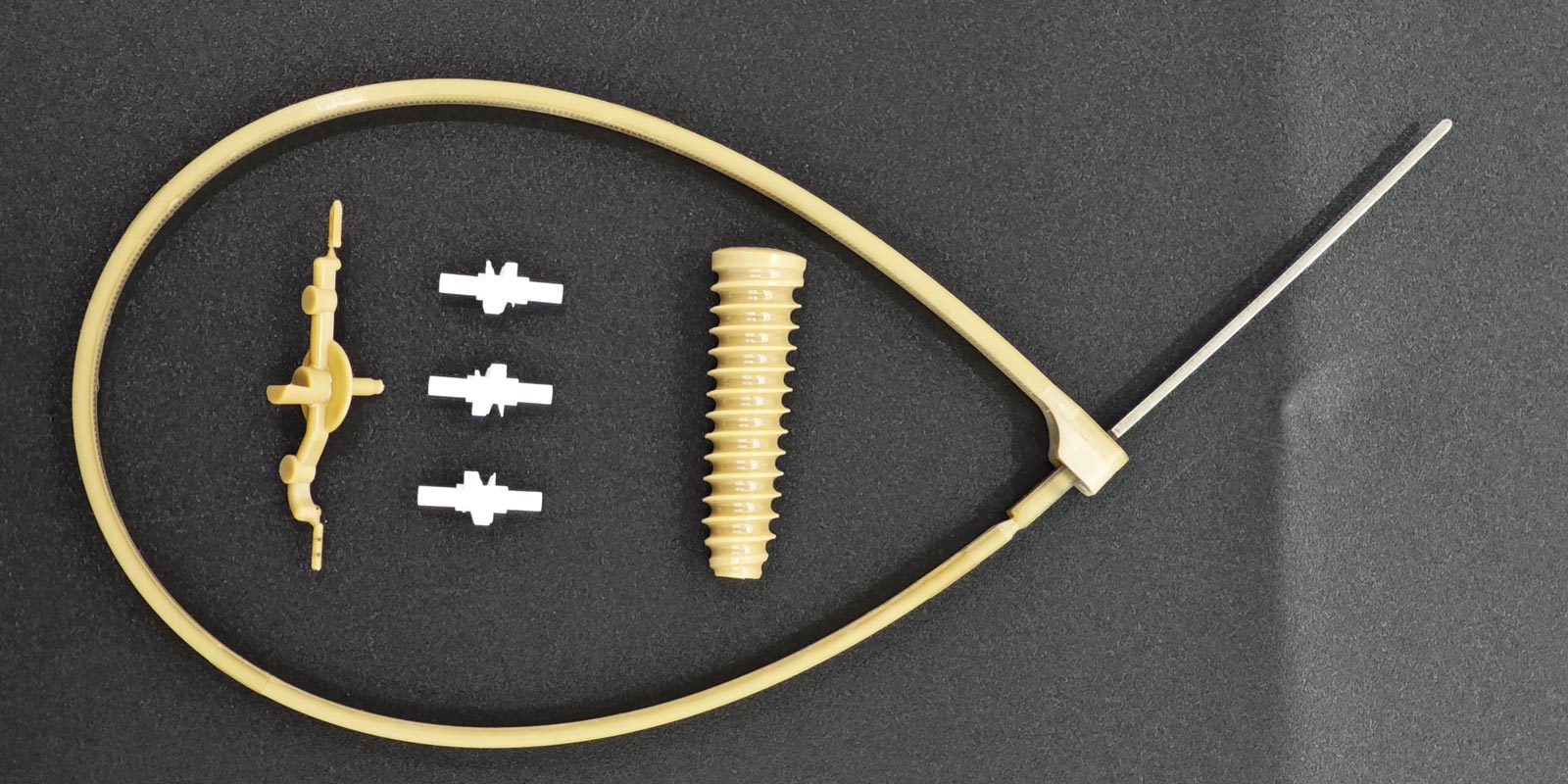
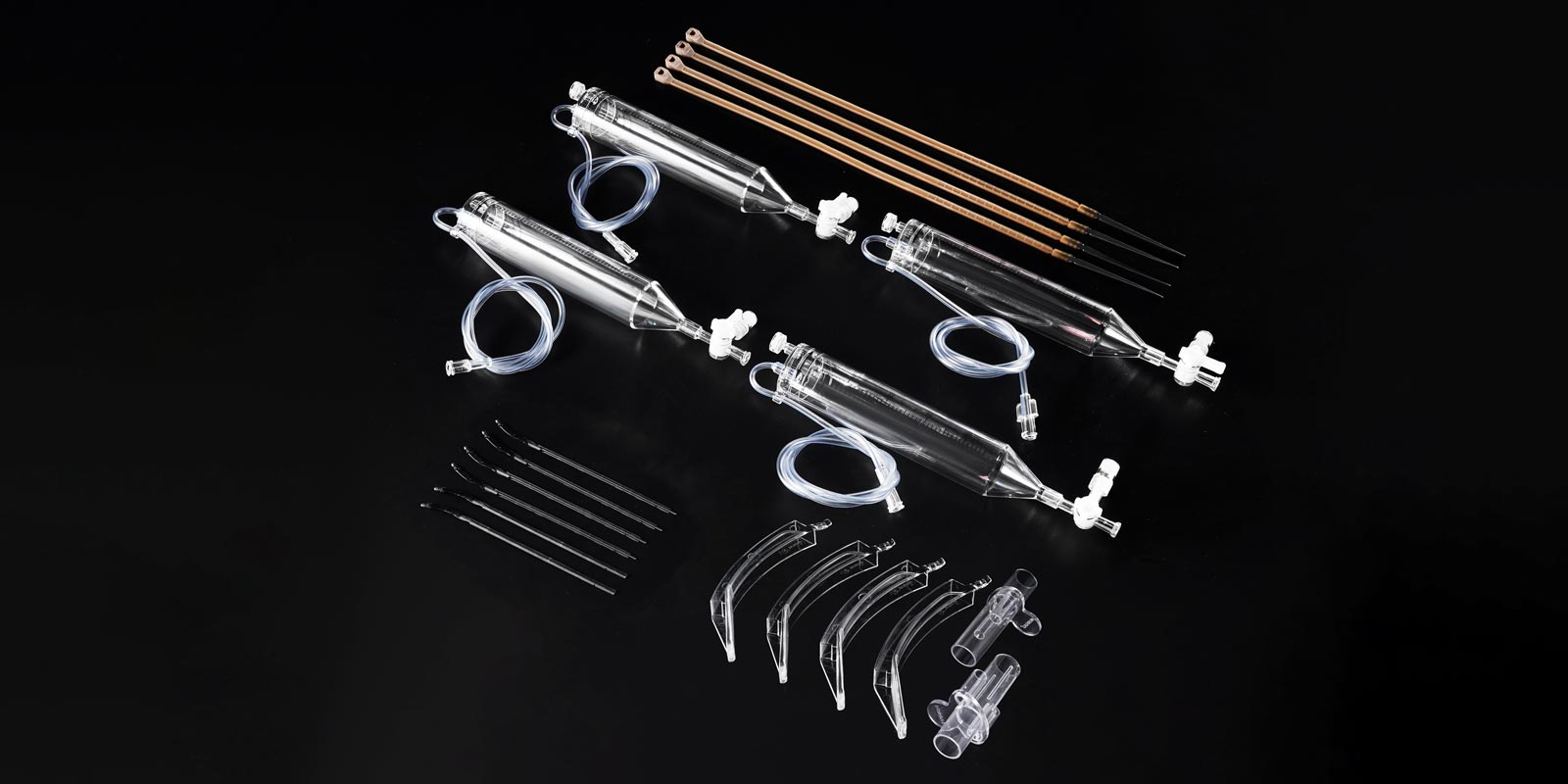
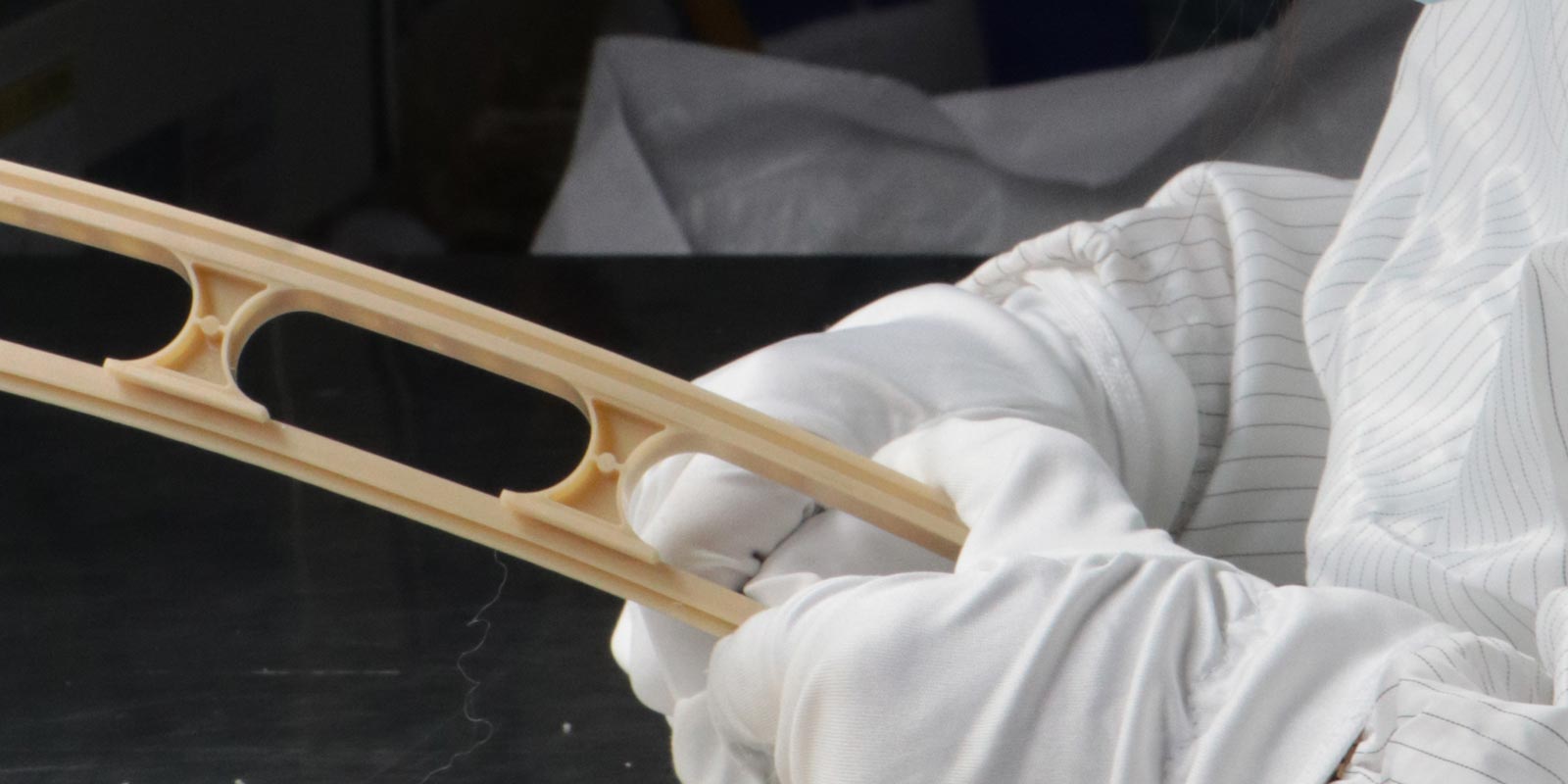
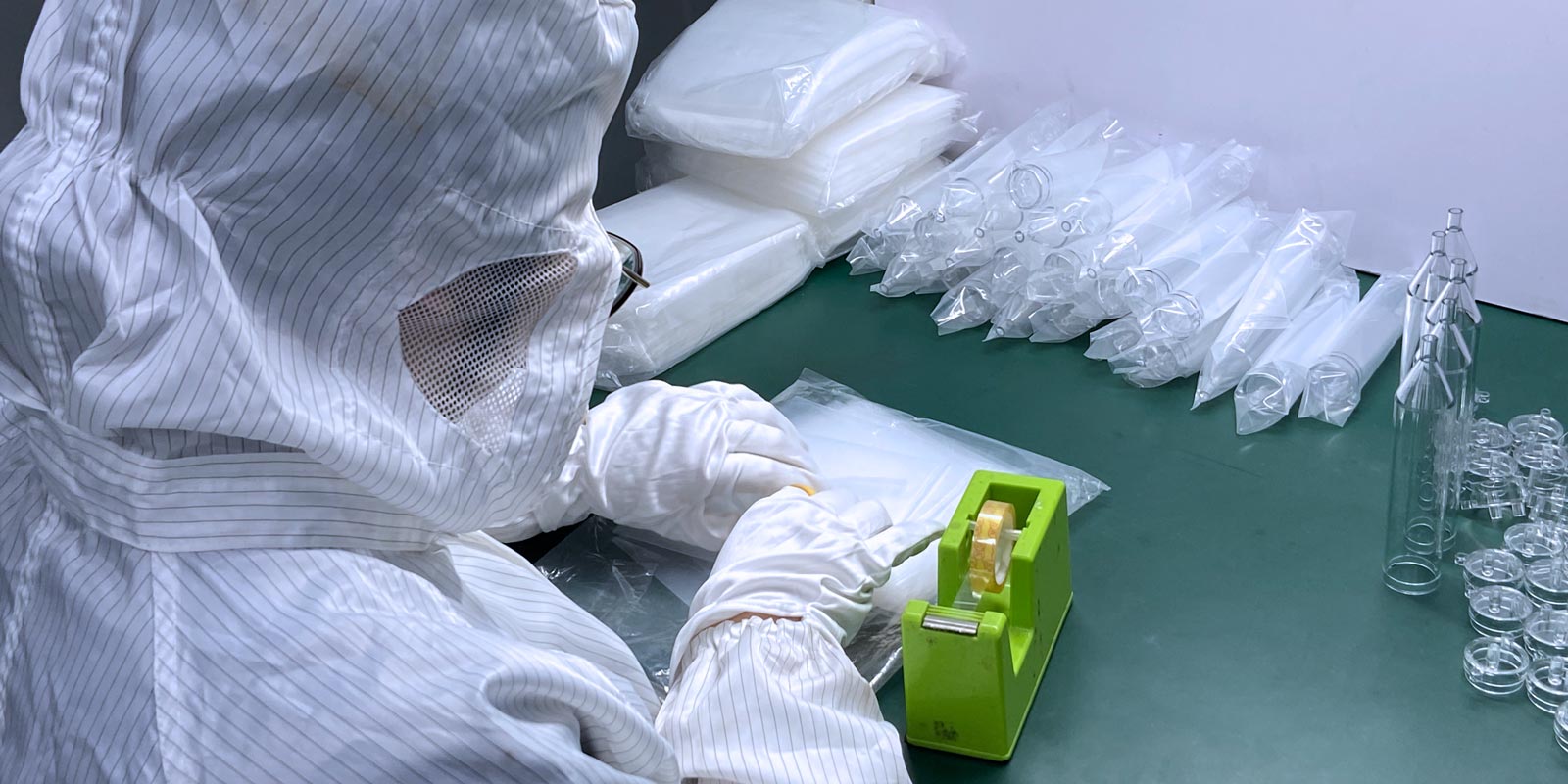
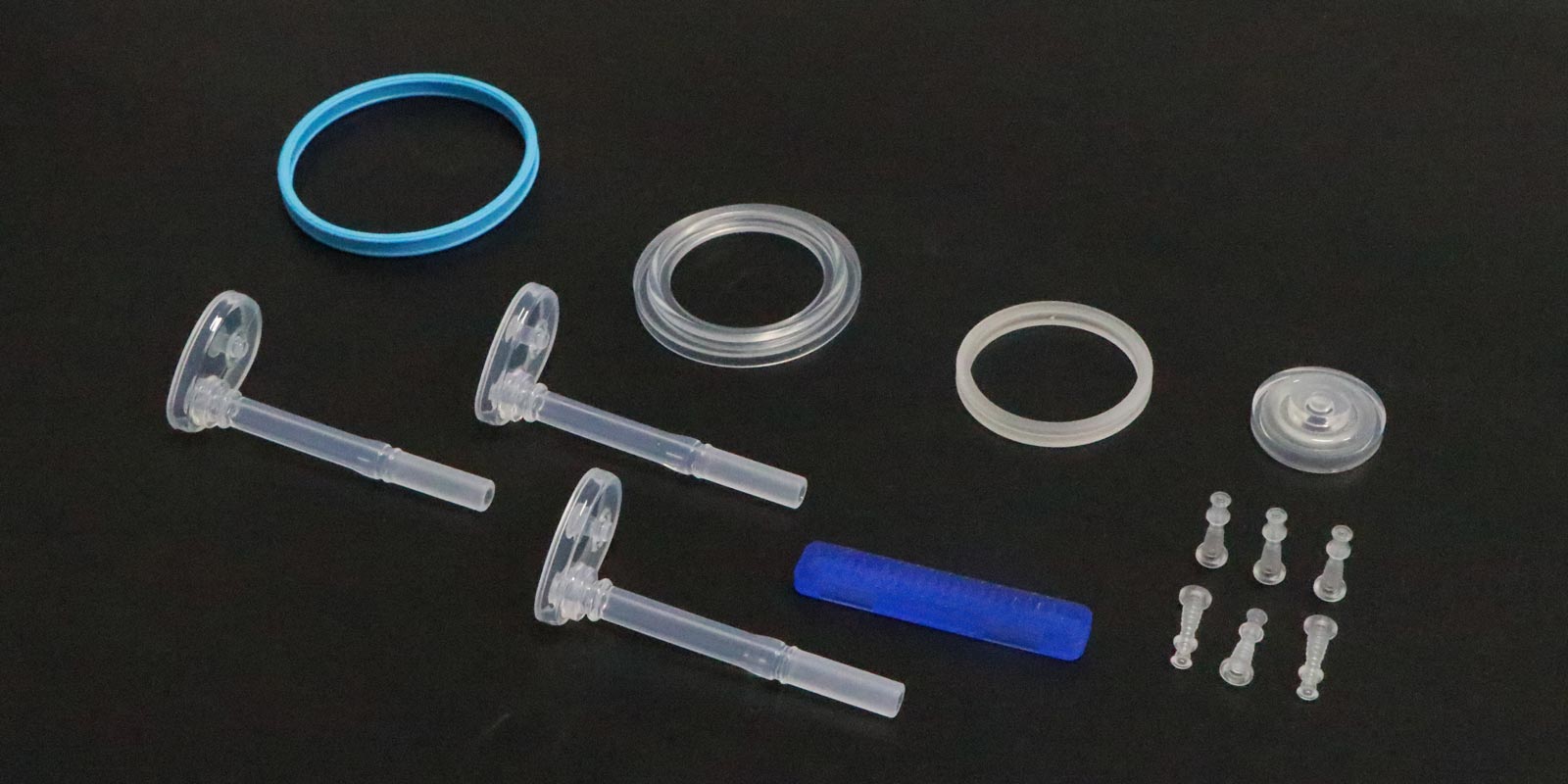











 Home
Home
